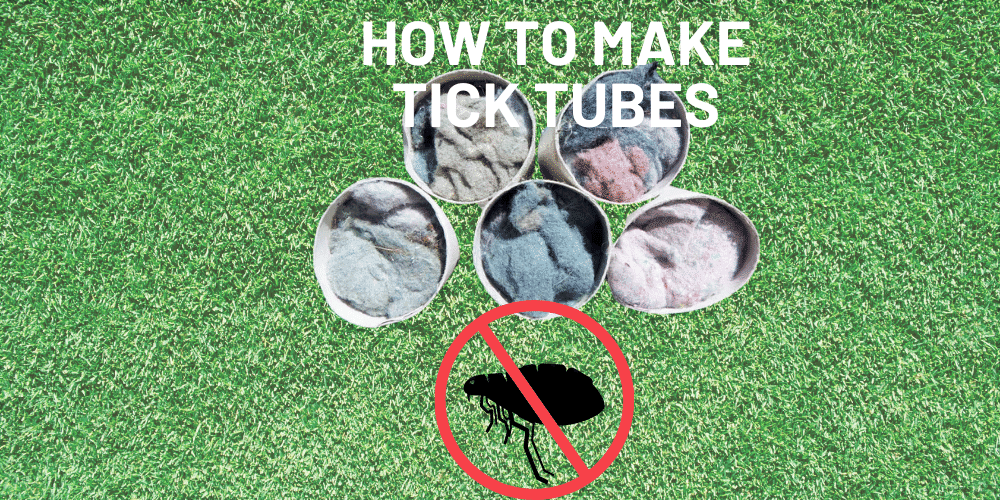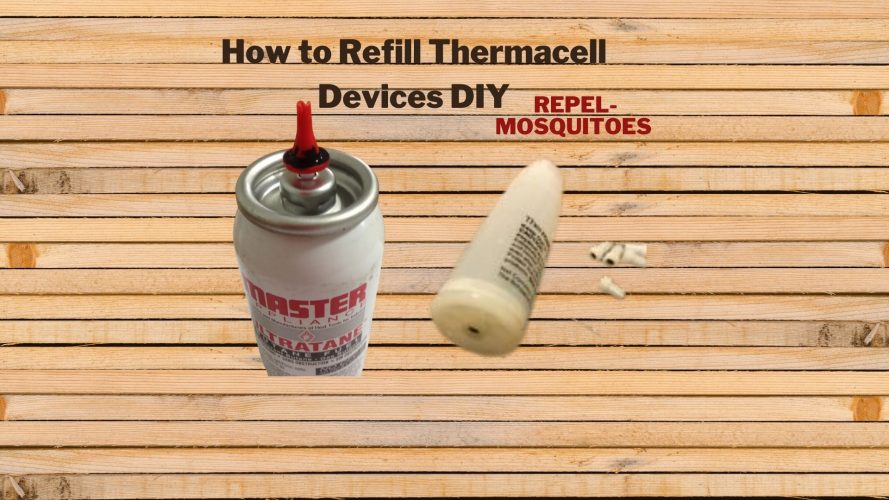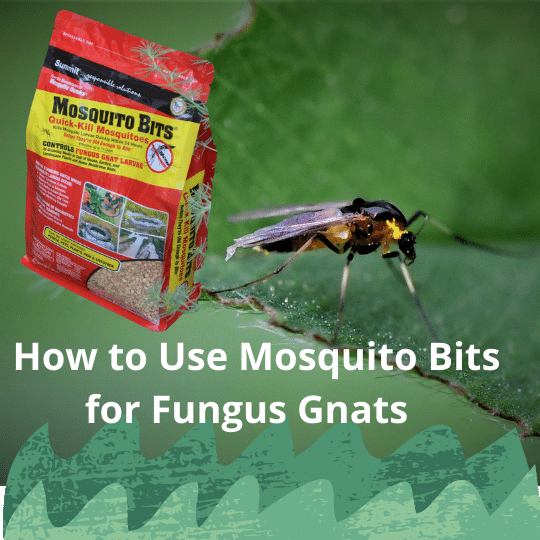A mosquito’s mouth is a tubular structure that contains six thin needles. Each needle has a specific function and functions together in the process of biting. As the six needles push through the skin, the outer sheath is forced up.
The female mosquito uses her long proboscis to pierce the skin with its mouthparts.
Two of the needles, called maxillae, have serrated edges that enable the mosquito to saw through the skin and extract the blood. The mandibles hold the skin tissue apart while the remaining five blades are used to draw in blood.
The maxillae are flat and pointy. The teeth on the maxillae grip the flesh and push it deeper into the skin. The labrum is used to pump blood up into the insect’s body. The hypopharynx transfers saliva to the host to facilitate feeding. It contains anticoagulants and anesthetics.
The mandibles are a pair of sharp needles that the female mosquito uses to pierce the skin. The mandibles are long and flat, and the maxillae have teeth that saw through the skin. The mandibles are used to hold tissues apart.
In 2012, scientists at the Pasteur Institute took a video of a mosquito’s proboscis in action. They found that the labrum is the needle that penetrates the skin and vessels.
The mandibles and maxillae are a sophisticated system of six needle-like mouth-parts that pierce the skin. Then they locate blood vessels through pricing. The saliva and blood are pumped up and down into the insect’s body. This process is known as “blood-feeding.”
When a mosquito bites, the female injects her blood with a straw-like proboscis, piercing the skin in a process known as sucking. The female can consume up to three times her weight in blood. The female mosquito feeds on the blood to produce eggs. The males, on the other hand, feed on plant nectar. However, the bite is not harmful.
Its mouthparts are long and curved, and the protruding tip is designed to cut the skin. The protruding mouthparts have two tubes. The saliva contains an anesthetic and anticoagulant chemicals that help them feed on human blood. They can also cause allergic reactions.
The female mosquito’s mouth-parts are sharp, but they do not actually bite you. They pierce the skin to reach a blood vessel. The protruding mouth-parts then insert the rest of their mouthparts into the skin. These parts are what causes the sting. The woman is not the only one who suffers from this condition. In fact, females can cause the symptoms of a rash.
Female mosquitoes have mouth-parts that pierce the skin. The mouth-parts have a curved edge that allows them to pierce the skin. The females’ saliva is lubricating, and it contains proteins that cause itchy reactions. The female mosquito only bites the body of a human because it needs the blood for her eggs. But even the female mosquito does not bite the males.
A mosquito’s mouth-parts are very complex. The female mosquito has six mouth-parts, which include the palpus and the proboscis. The jaws are pointed and pierce the skin.
The maxillae are leaf-shaped and move back and forth to introduce the rest of the mouth-parts. Once they’ve penetrated the skin, they will inject a saliva, which helps reduce pain and thin the blood.
Once the female mosquito has pierced the skin, she uses her mouth-parts to feed on the blood. The mandibles and the maxillae are the mouth-parts that bite humans. They contain three different types of glands, allowing them to select the right place to feed.



